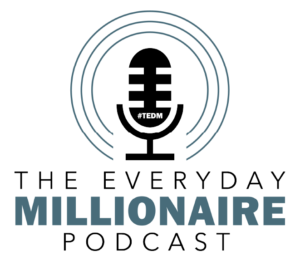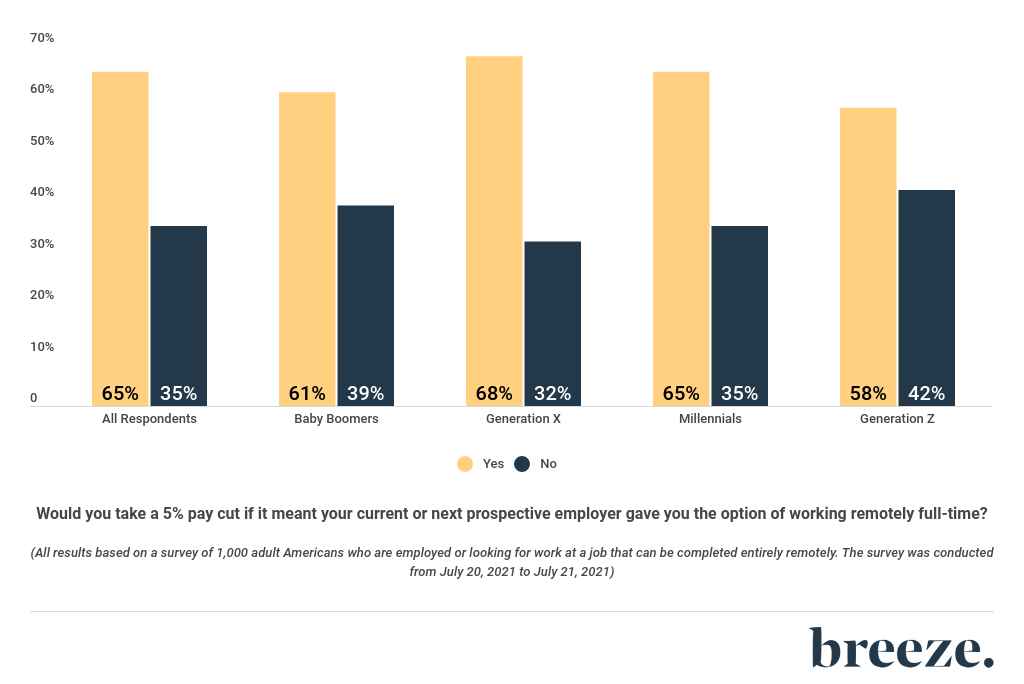My latest MoneySense Retired Money column looks at the question of whether almost-retired or already-retired Baby Boomer parents should provide financial assistance to their Millennial children seeking to get their first steps on the increasingly expensive housing ladder.
That is, is it wise for parents to cut into their own Retirement savings in order to become the BOMAD: the Bank of Mum and Dad?
It’s been said that 50 to 75% of millennials expect to tap the BOMAD for help coming up with a down payment.Click on the highlighted headline to retrieve the whole column: Should you help your adult children to buy Real Estate?
A couple of the column’s sources arose after I appeared on Patrick Francey’s The Everyday Millionaire podcast.
Francey is a seasoned entrepreneur and real estate investor who is CEO of REIN of the Real Estate Investment Network (REIN). These days, most REIN members who have at least one “door” (real estate investment property above and beyond a principal residence) are almost by definition millionaires. I appeared despite the fact our family owns no investment real estate, apart from REIT ETFs in a purely electronic portfolio: “clicks instead of bricks,” as I explained on the show.

Interestingly, while he has helped his own kids with housing, Francey does not necessarily think parents should provide financial assistance to kids trying to break into the housing market: not if it jeopardizes their own retirement, and not if it means the kids will miss out on the character-building exercise of doing it on their own.
A similar stance came from retired mortgage broker and author Calum Ross, who also recently appeared on the podcast. Ross, of Toronto-based The Mortgage Management Group, has some experience with BOMAD as it relates to his two daughters. “As a divorced Dad, BOMAD was restructured and now runs as a privately held entity BOD [Bank of Dad.],” Ross quips.
Ross says his parenting priorities are identical to how his parents raised him: 1) I taught them to be thoughtful, 2) I raised them with a work ethic, and 3) I taught them to save money and not spend it.
Adrian Mastracci, portfolio manager with Vancouver-based Lycos Asset Management, says BOMAD may be a great deal for the kids but Mum and Dad need to first ensure they have sufficient funding to see them through their retirement years. “Ensure that they can incur all expenses, health costs, effects of inflation, rising costs of providing for in-home services, a retirement home facility and rehabilitation costs of the current home.” Continue Reading…







